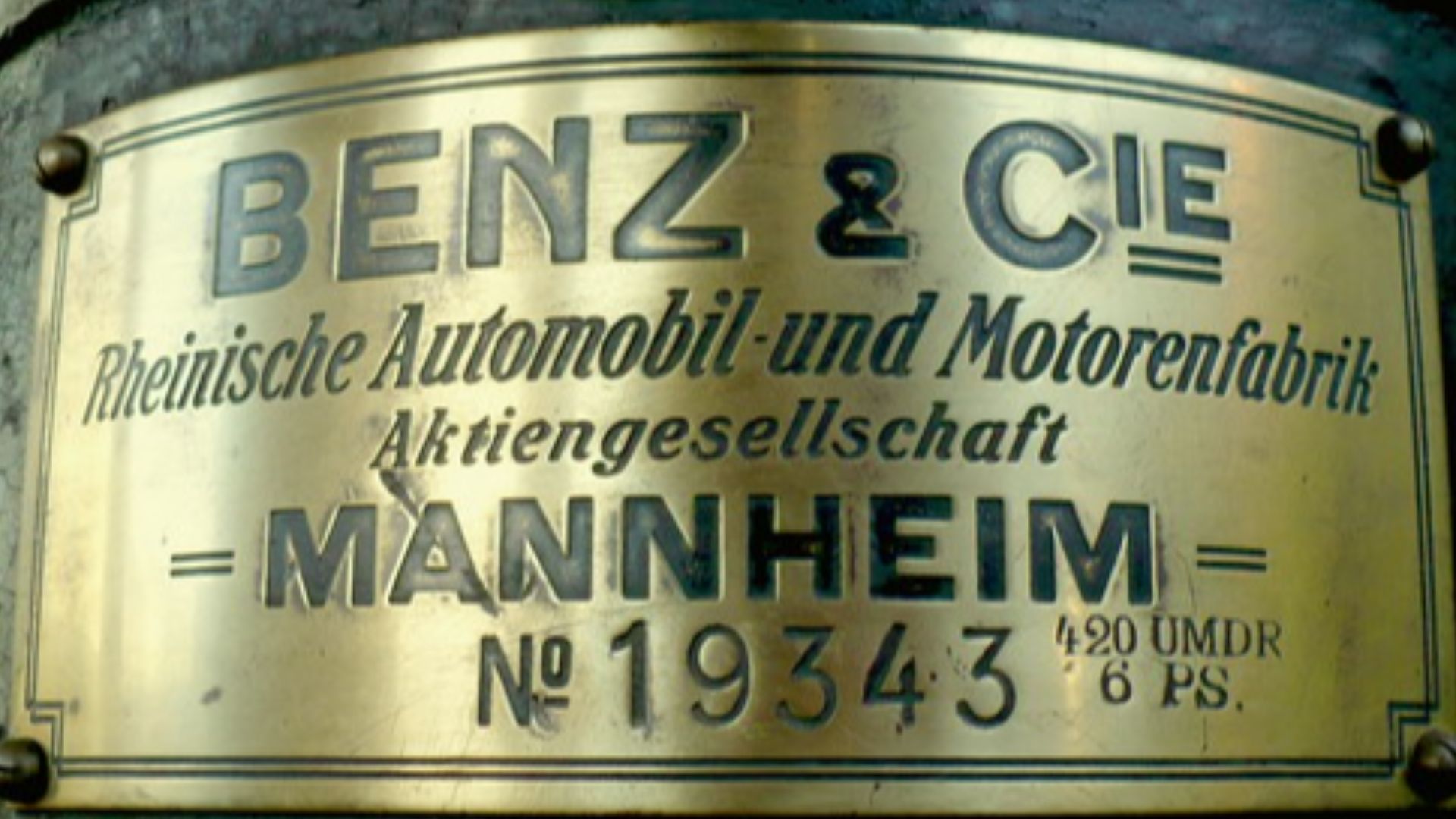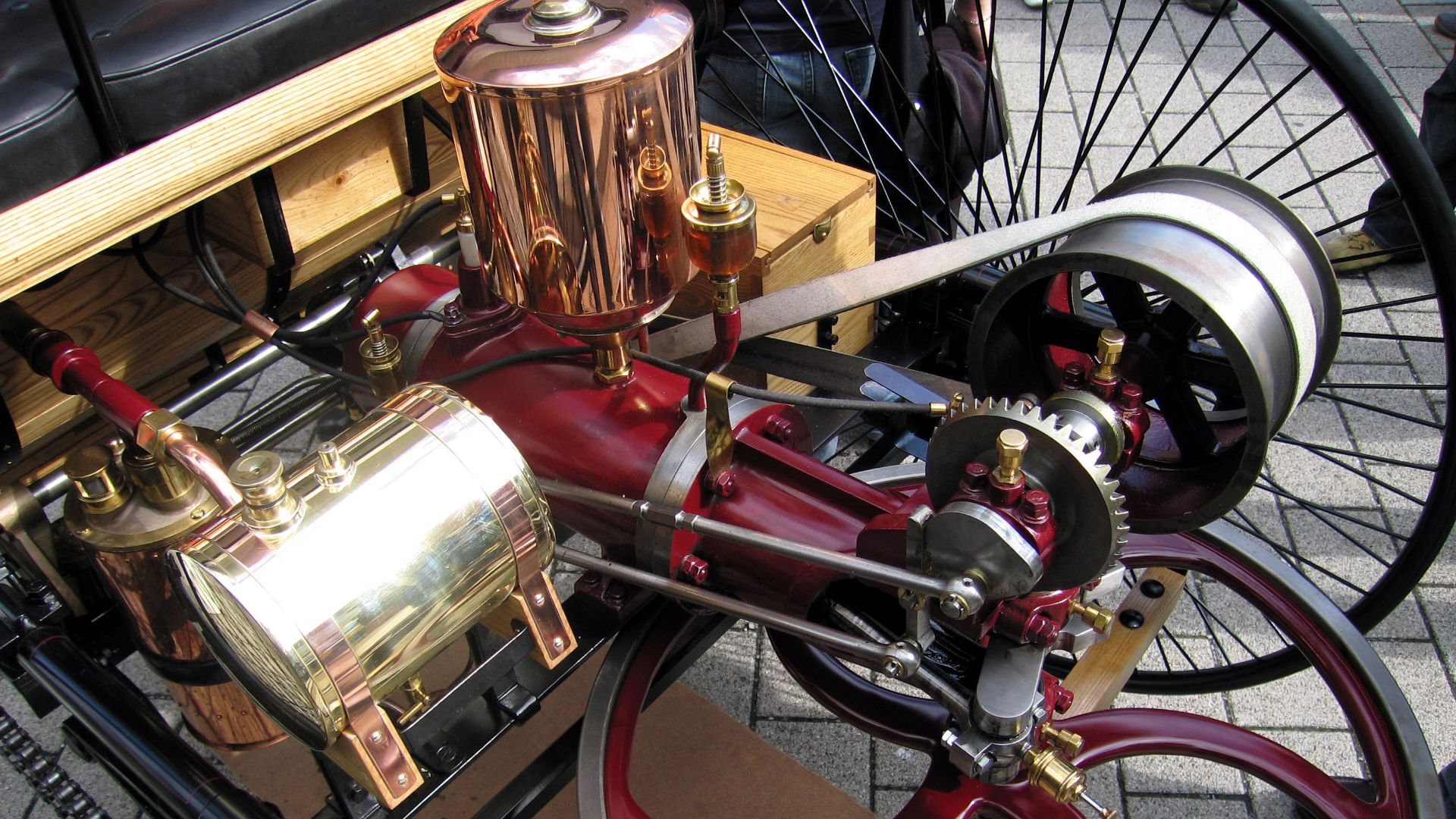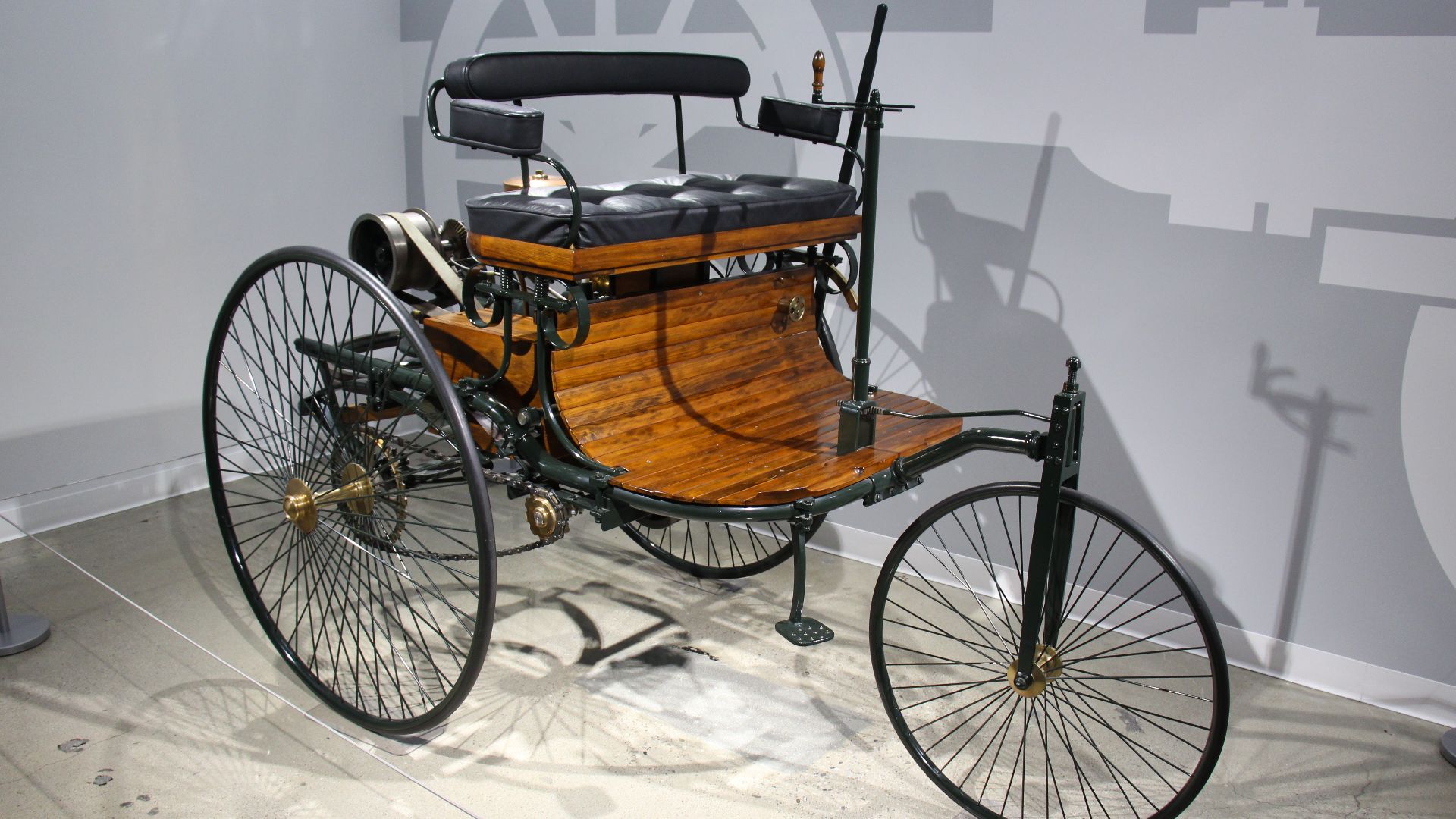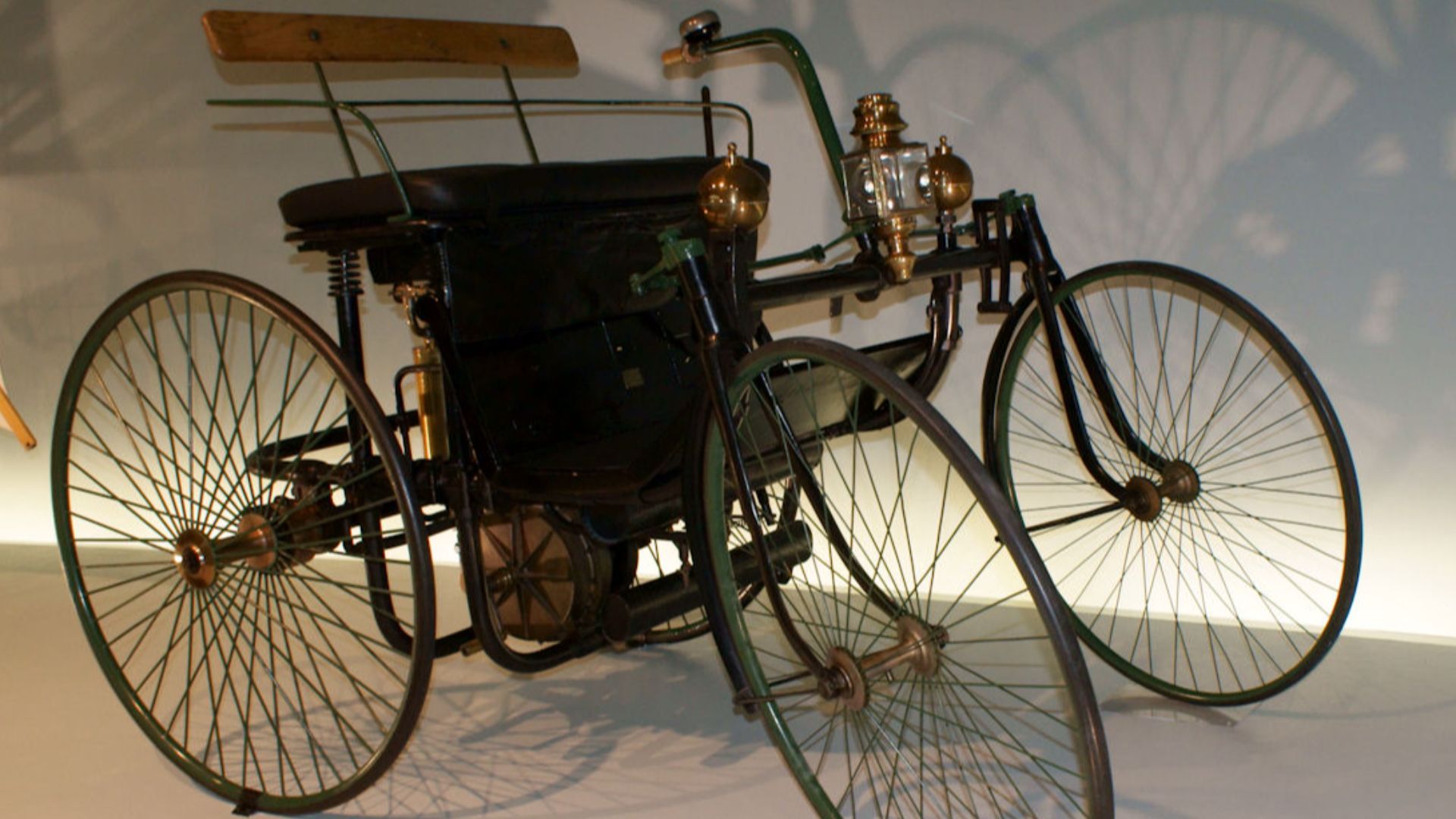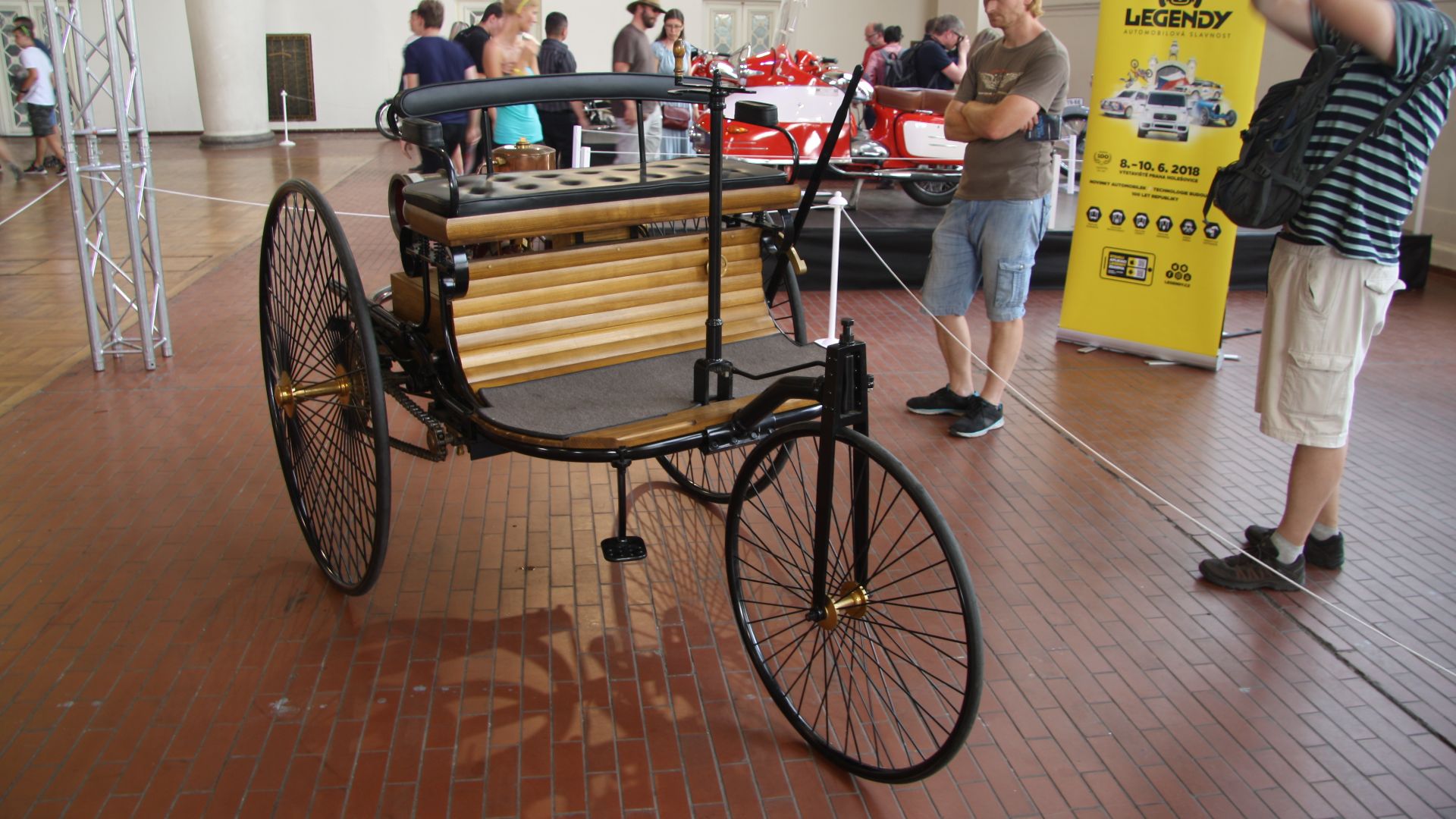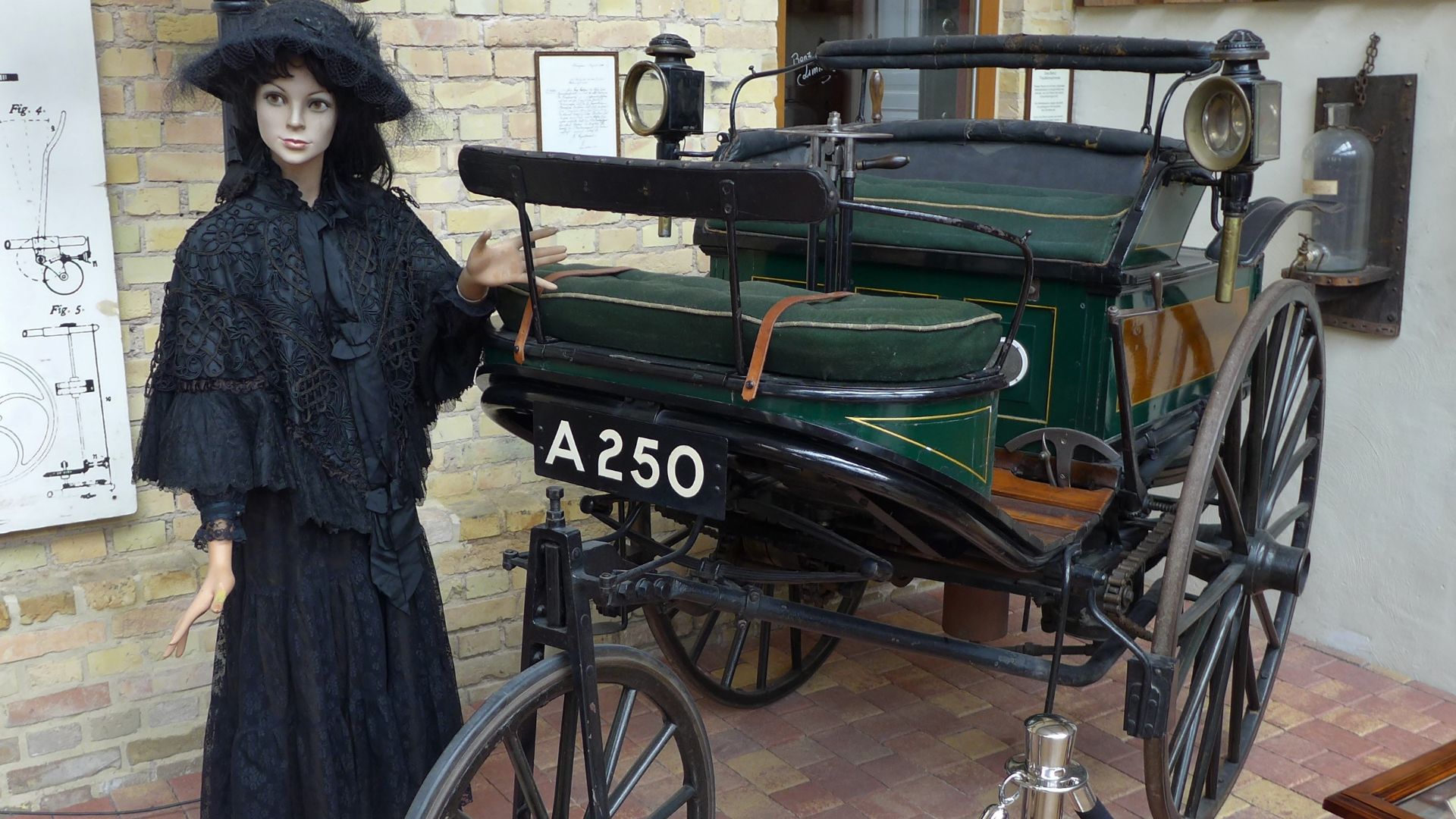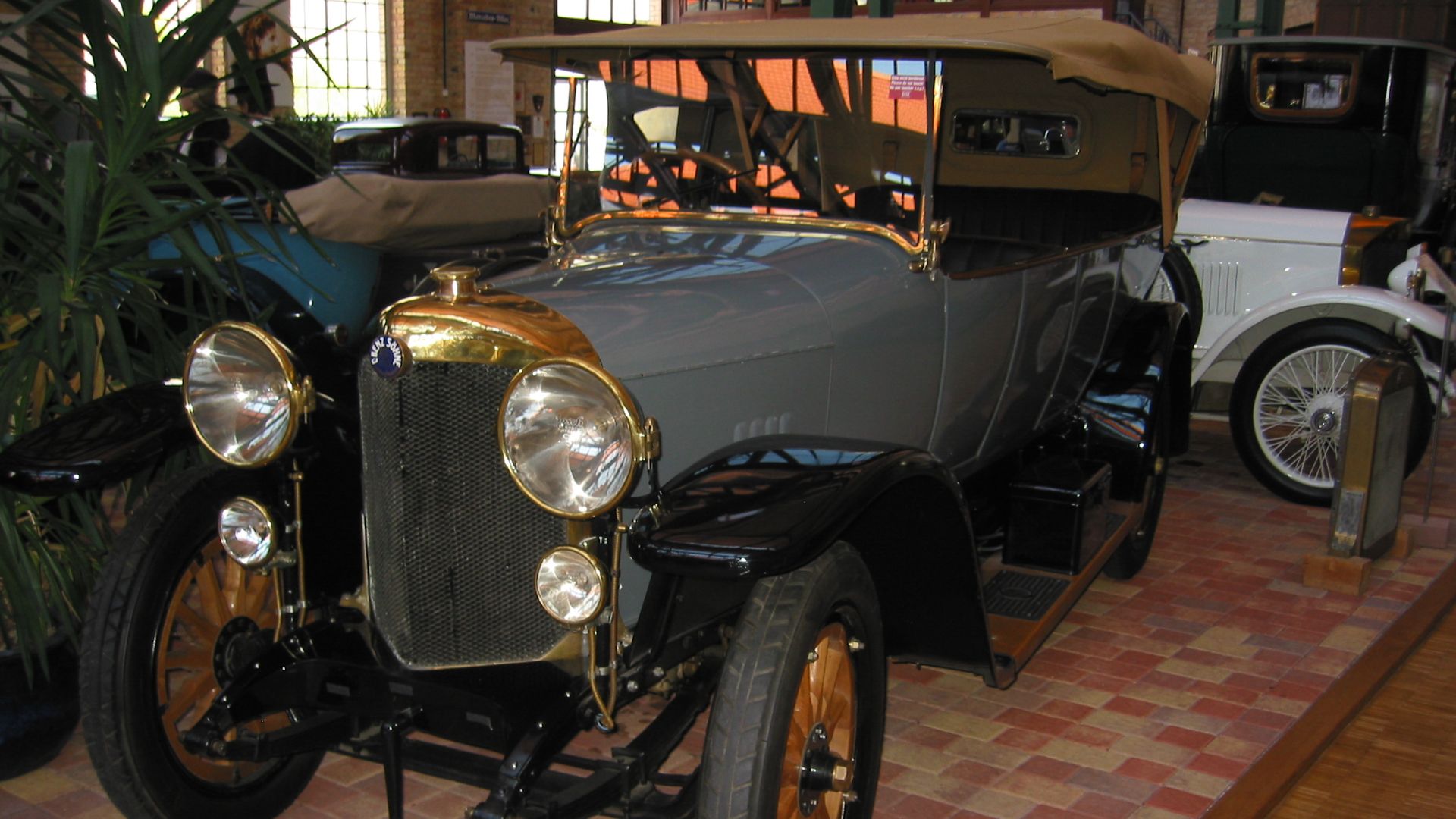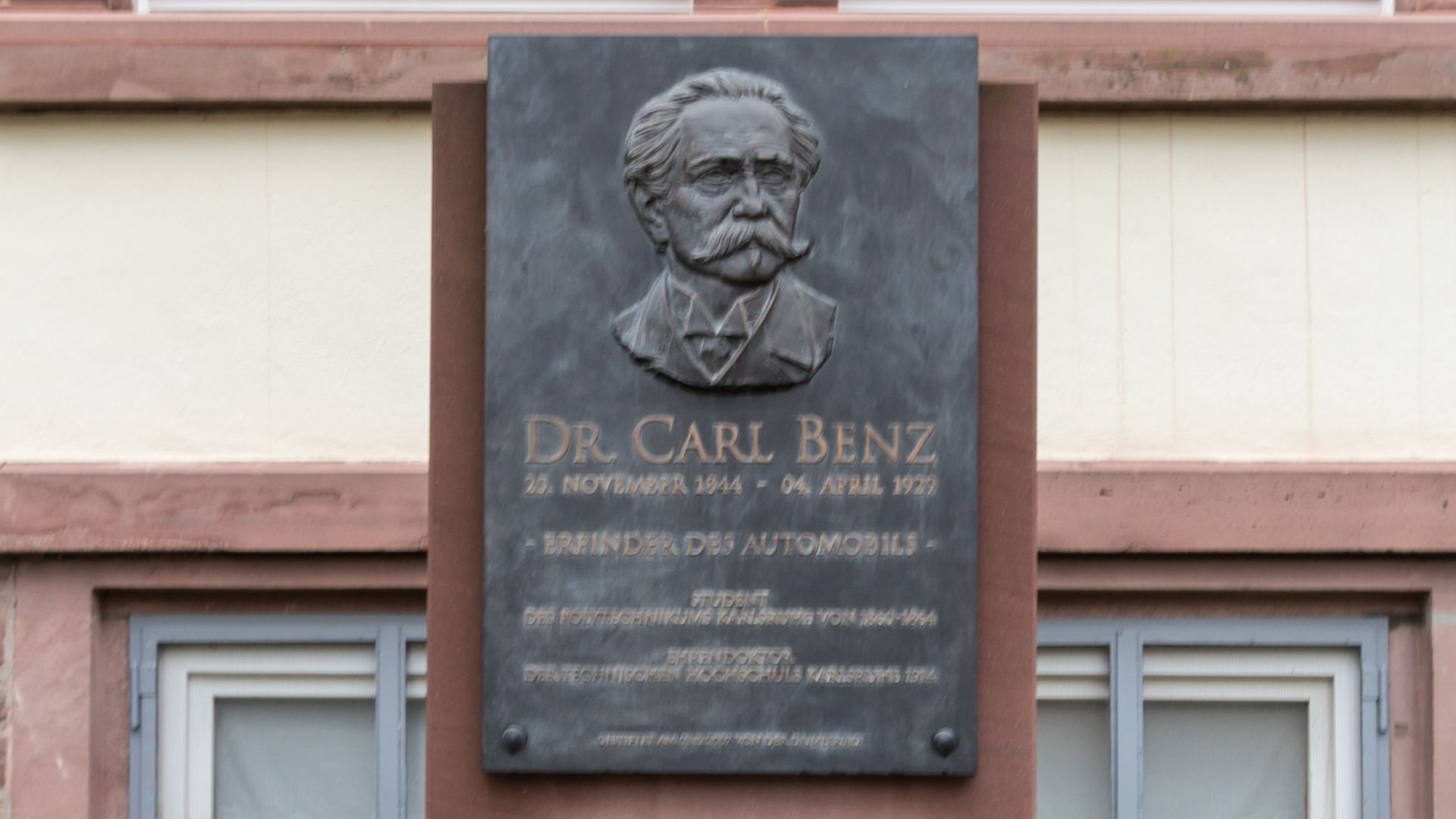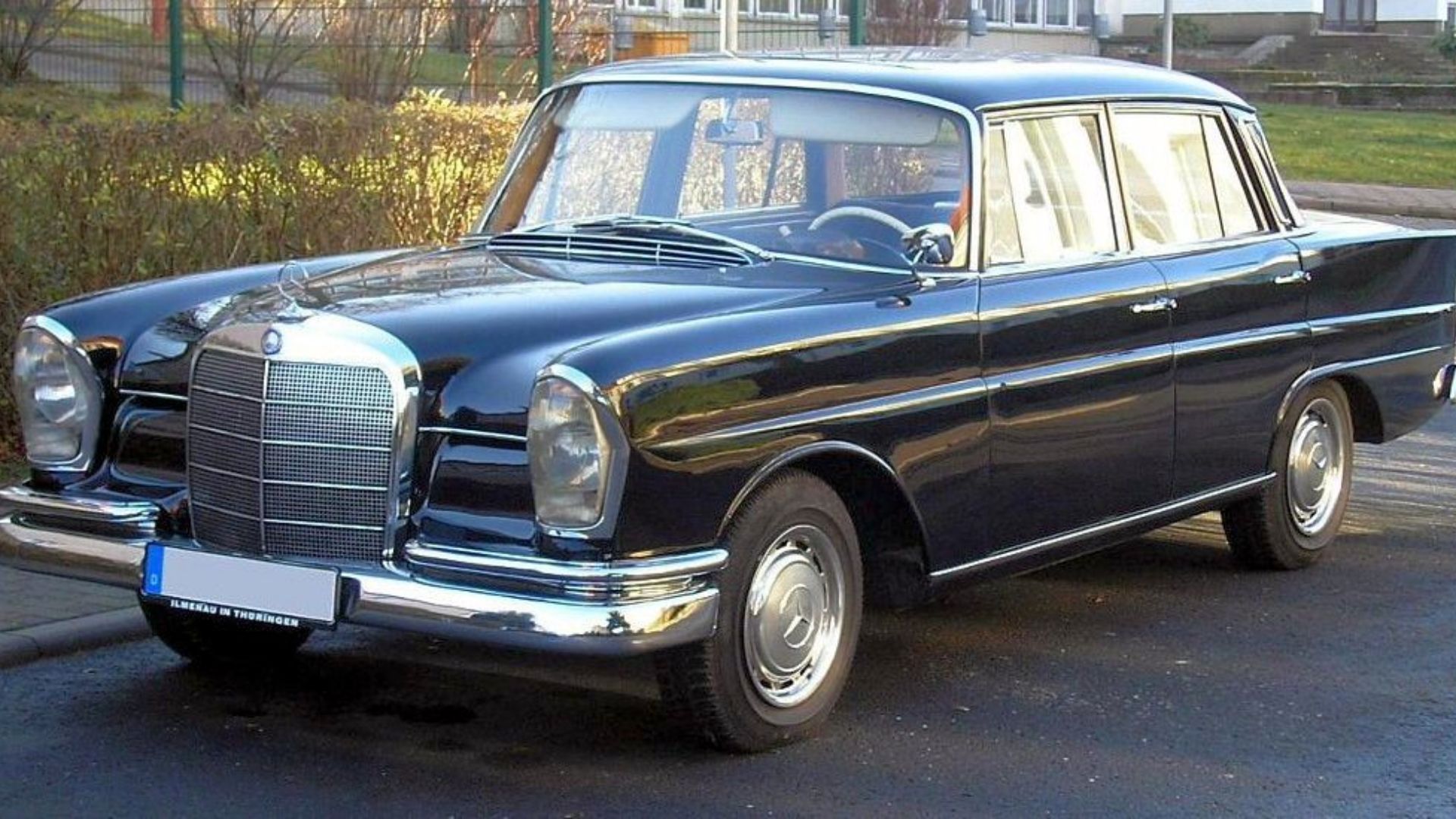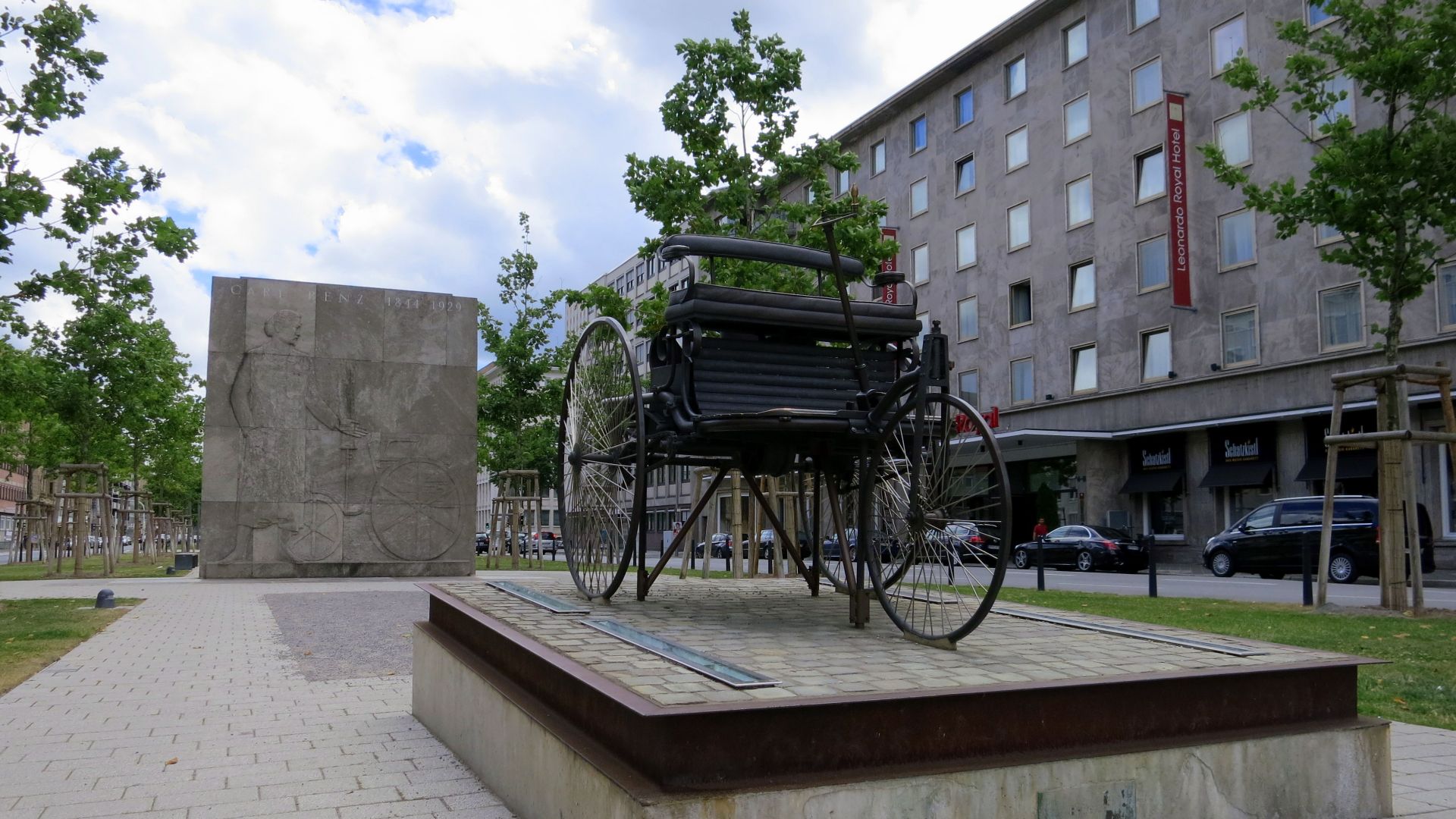The Man Behind The Motor
Cars feel like everyday essentials now, but rewind to the late 1800s, and people were still hitching horses. Then along came Carl Benz, a German engineer with an idea people thought was downright odd: a vehicle operated by an internal combustion engine. Instead of hooves, it had a noisy motor. His invention looked strange, but it also completely changed transportation forever. So, let’s take a look at 20 fascinating facts about Carl Benz.
1. Born In 1844 In Mühlburg
Karl Friedrich Benz was born on November 25, 1844, in Mühlburg, which today is part of Karlsruhe, Germany. His father worked on the railway but tragically passed away from pneumonia when Karl was only two years old.
2. Engineering Student At The Age Of 15
At just 15, Karl Benz entered the Karlsruhe Polytechnic School. His professors were skeptical at first, unsure how someone so young could manage such demanding studies. Yet Karl completed his training as a mechanical engineer by the age of 19.
3. Founded Benz & Cie In 1883
In 1883, Carl Benz co-founded Benz & Cie. in Mannheim, Germany, alongside businessman Max Rose and merchant Friedrich Wilhelm Esslinger, as investors. Initially, the company focused on producing stationary gas-powered engines.
4. Built A Gas-Powered Engine In His Garden Shed
In 1878, Karl Benz retreated to his garden shed to work in secrecy. There, he built one of the first reliable gasoline-powered two-stroke engines, completing it in 1879 and patenting it in 1880. This breakthrough financed the pioneering steps toward his future automobile.
5. Patented First Car In 1886
On January 29, 1886, Karl Benz received German patent number 37435 for his revolutionary creation, the Benz Patent-Motorwagen. This vehicle featured a gas-driven internal combustion engine and became the first automobile the world had ever seen.
6. Motorwagen Had Three Wheels
The Benz Patent-Motorwagen stood out with its unusual three-wheeled design, chosen because four-wheeled models of the time were difficult to handle. Power was delivered to the rear wheels through a chain, while the front wheel handled steering with a lever.
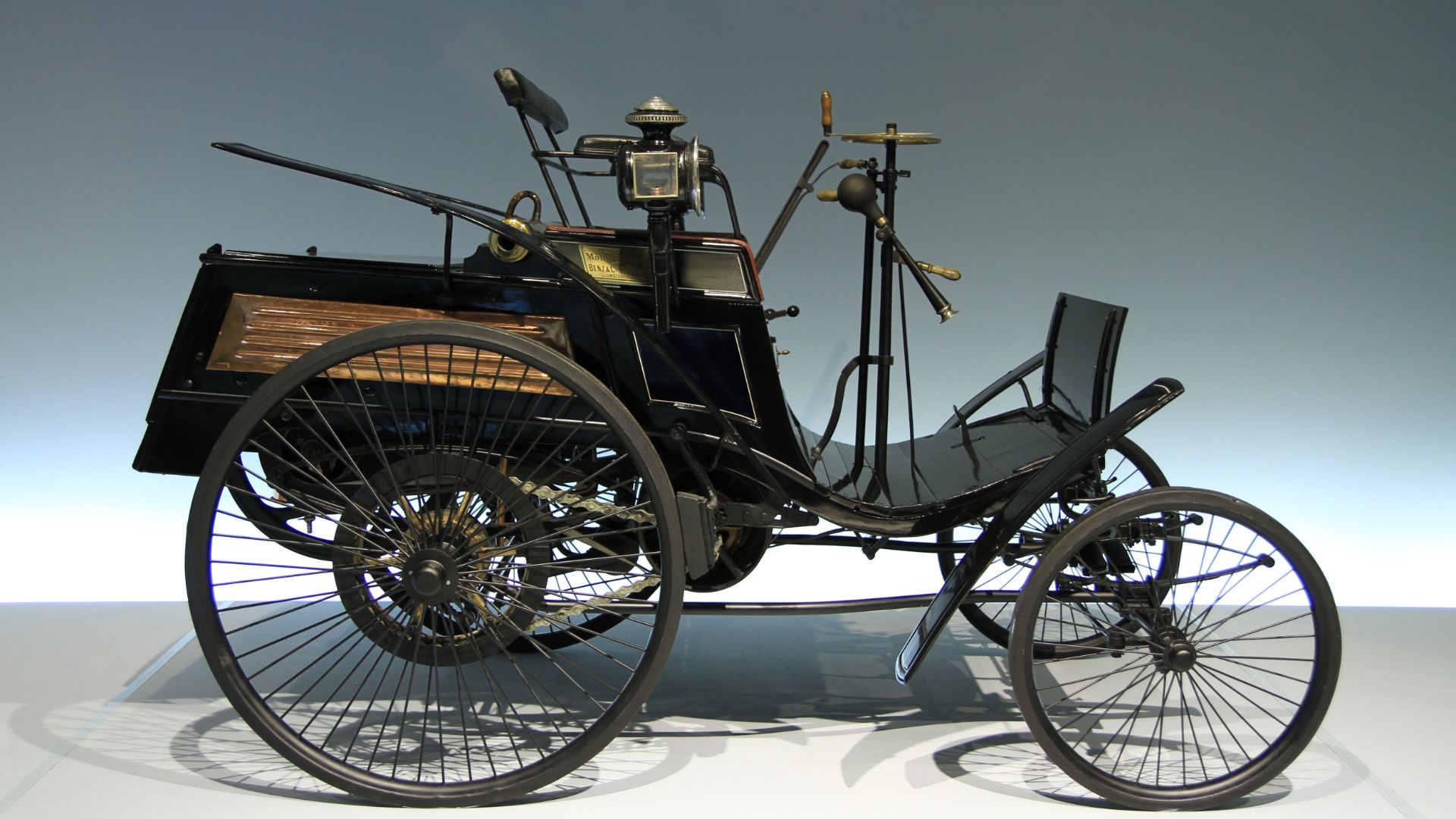 Martin Dürrschnabel on Wikimedia
Martin Dürrschnabel on Wikimedia
7. Bertha Benz Drove The First Journey
In 1888, Bertha Benz, Karl’s determined wife, made history by taking the Motorwagen on the first long-distance journey. Without telling her husband, she set off from Mannheim and drove to her mother’s home in Pforzheim.
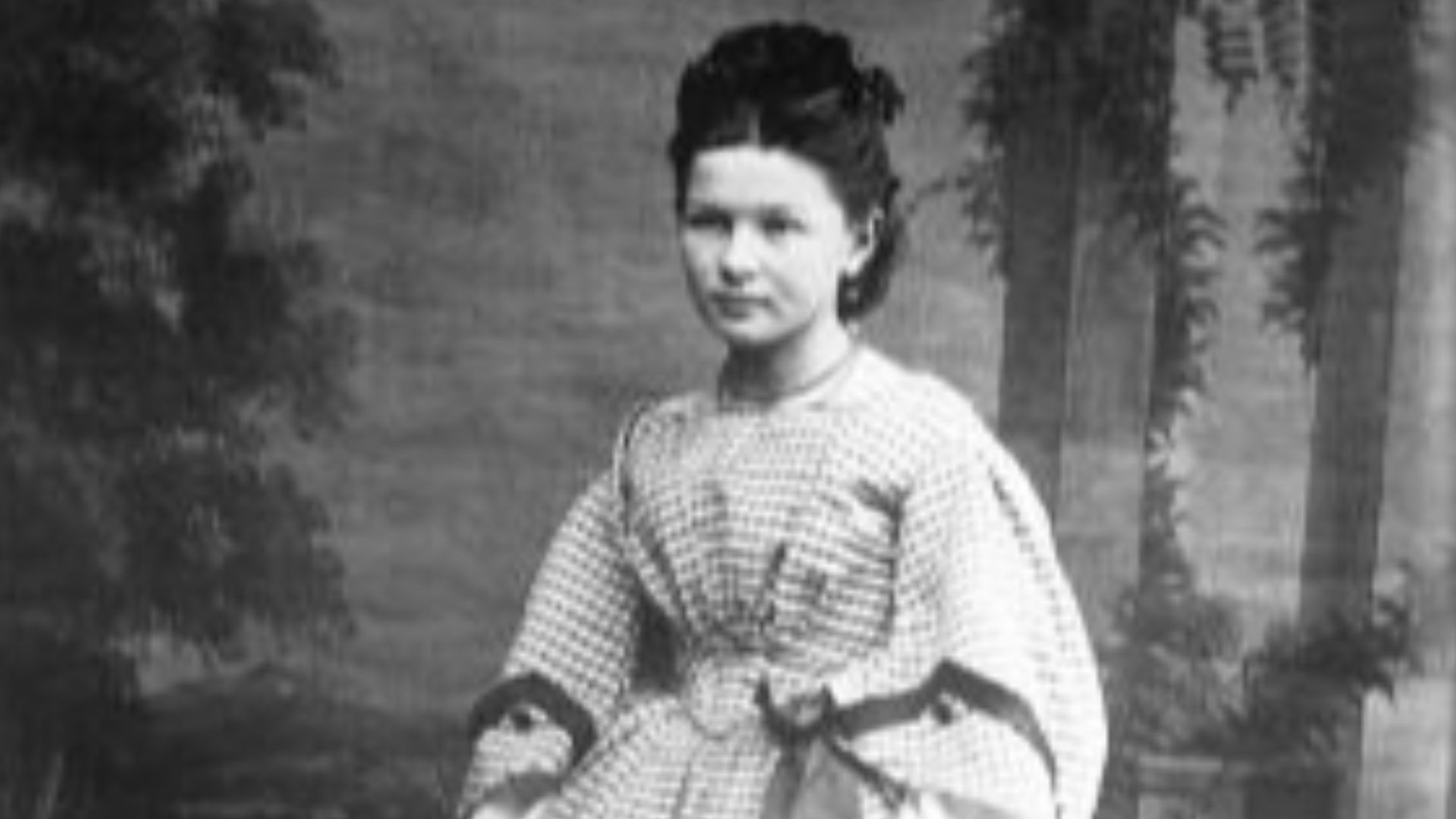 Unidentified photographer on Wikimedia
Unidentified photographer on Wikimedia
8. 66-Mile Trip Proved Car’s Reliability
Along the way, Bertha Benz cleared clogged fuel lines with a simple hatpin and even used her garter to fix an ignition wire. Stopping at pharmacies to buy ligroin as fuel, she turned her daring journey into living proof of the car’s reliability.
9. First Car To Reach 10 Mph
The Motorwagen could reach a top speed of about 16 kilometers per hour, or almost 10 miles per hour, which was remarkable for its time. Though acceleration was slow, it outperformed horse-drawn carriages on longer journeys.
10. Started With A Hand Crank
Starting the Motorwagen was no simple task. Drivers had to hand-crank the large flywheel, a process that demanded real strength. A wrong move could even cause injury. With electric starters still decades away, every ride began with muscle power and caution.
 Dan McKay from Winnipeg, Canada on Wikimedia
Dan McKay from Winnipeg, Canada on Wikimedia
11. Public Met The Car With Doubt
When the Motorwagen first appeared, it wasn’t welcomed with open arms. Many considered it noisy and even dangerous, while horses often panicked at the strange machine rolling by. Locals mocked or feared it, and critics dismissed it as a passing novelty.
12. His Wife Was His First Investor
Bertha Benz wasn’t just Karl’s partner in life; she was also his first investor. Using her dowry, she financed the research that led to the Motorwagen, despite facing legal restrictions as a woman of her time. Without her support, the invention might never have existed.
13. Produced Three Motorwagen Models
Karl Benz didn’t stop at one invention; he refined it through three Motorwagen models. The first appeared in 1885, followed by the 1886 version. By 1888, Motorwagen No. 3 was sturdier and ready for the market, becoming the first sold commercially. In total, around 25 Motorwagens were produced.
14. Sold His First Car To A Parisian Customer
In 1888, Karl Benz sold his very first Motorwagen, marking the beginning of commercial success. The buyer was Émile Roger, a Parisian bicycle manufacturer who also became Benz’s first foreign distributor. Thanks to Roger’s efforts, France quickly grew into one of the strongest early markets for the automobile.
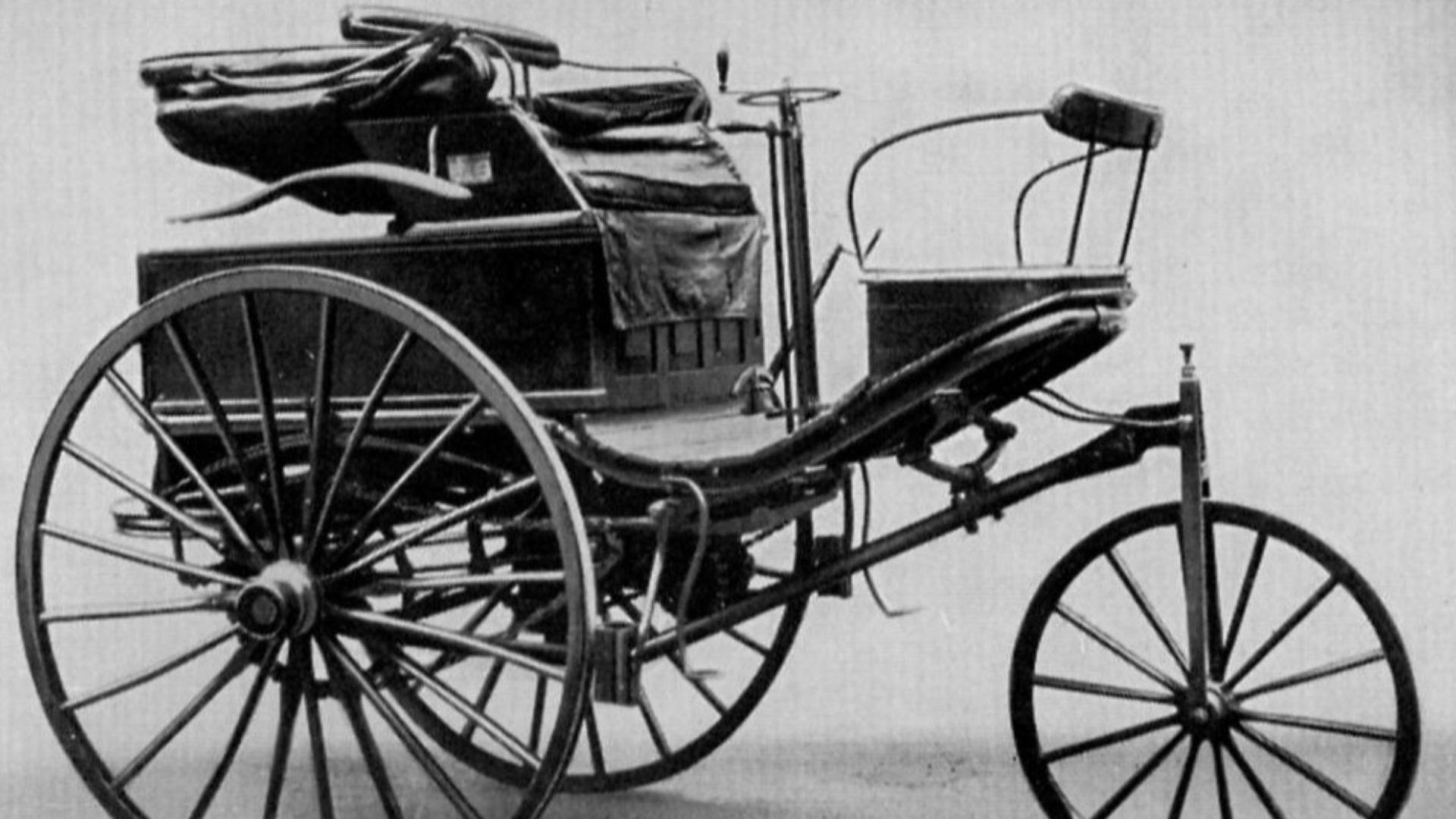 Unknown authorUnknown author on Wikimedia
Unknown authorUnknown author on Wikimedia
15. Established Benz Söhne With His Sons
Karl Benz joined his sons Eugen and Richard to establish Benz Söhne, or “Benz Sons.” Unlike his earlier venture, this company built automobiles independently of Benz & Cie, with Karl serving in an advisory role. The firm produced cars until 1923, extending the family’s automotive legacy.
16. Moved Into A Villa In Ladenburg
A new chapter began in 1906 when the Benz family moved to a grand villa in Ladenburg, located near Karl’s factory. Their residence later transformed into a museum, preserving his legacy. Interestingly, Karl lived in the villa until 1929.
17. Received Many Lifetime Honors
Recognition for Karl Benz’s work came from every direction during his lifetime. He received honorary doctorates and was celebrated at automotive exhibitions worldwide. In 1928, the Baden State Ministry even awarded him the Baden State Medal in Gold.
18. Company Merged Into Mercedes-Benz
The automotive world changed forever in 1926 when Benz & Cie merged with Daimler-Motoren-Gesellschaft. Together, they created Mercedes-Benz, which cemented Karl Benz’s family legacy in one of history’s most powerful car companies.
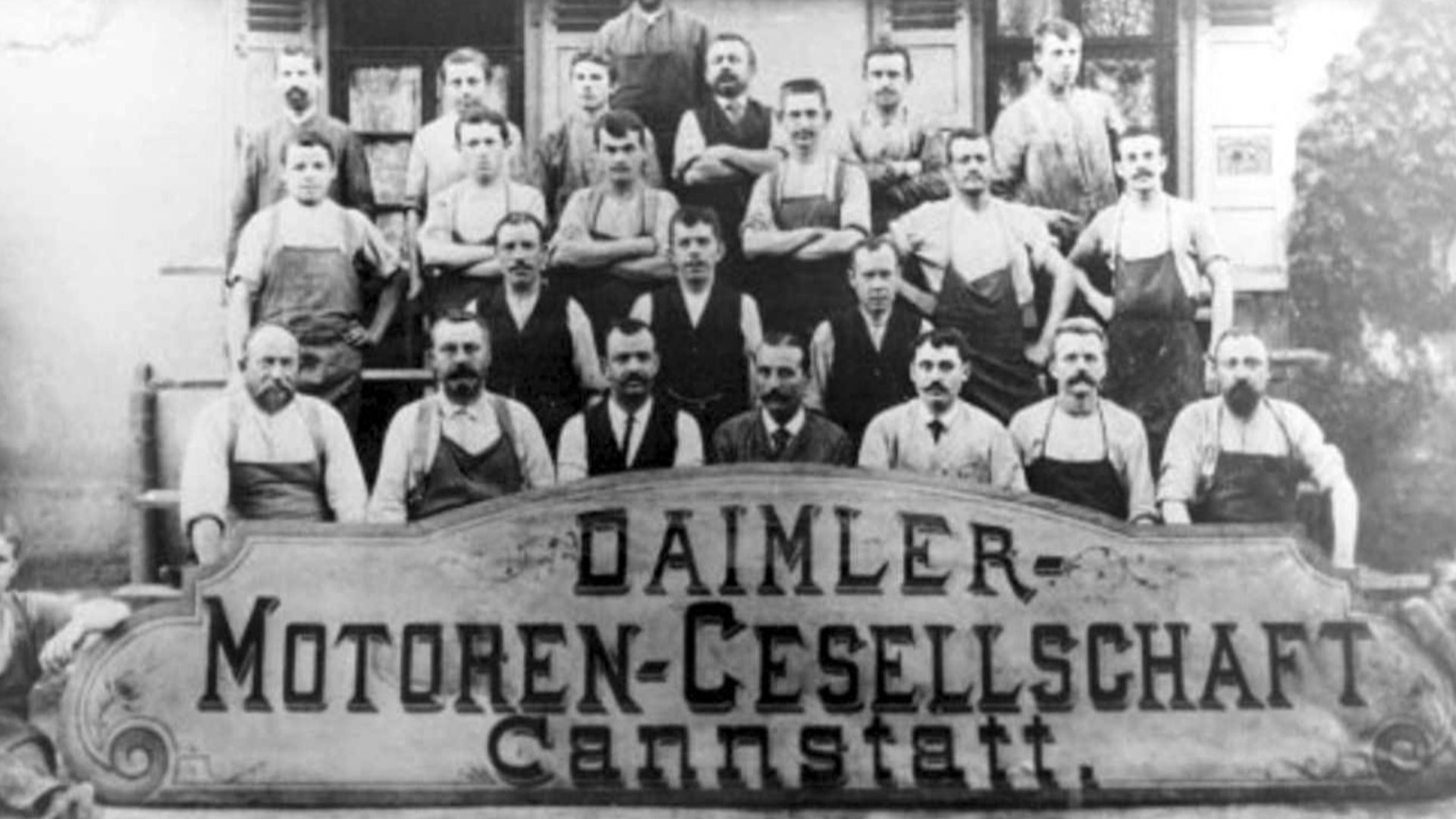 Unknown authorUnknown author on Wikimedia
Unknown authorUnknown author on Wikimedia
19. Witnessed The First Mercedes Cars Before Death
Before his passing in 1929, Karl Benz lived to see the first Mercedes-Benz models take to the roads in 1926. The cars carried the now-famous three-pointed star, a symbol of engines for land, sea, and air. In them, the legacies of Benz and Daimler united in success.
20. His Death Came Just Before The Great Depression
Karl Benz took his last breath on April 4, 1929, just two months before the stock market crash that triggered the Great Depression. While the automobile industry soon faced harsh economic struggles, his legacy stood unshaken, secured by the invention that transformed how the world moved forever.





